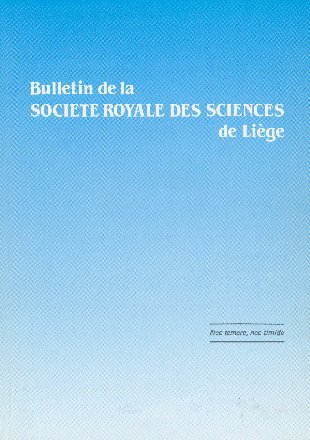- Portada
- Volume 80 - Année 2011
- Massive Stars in Polarized Light
Vista(s): 410 (4 ULiège)
Descargar(s): 617 (14 ULiège)
Massive Stars in Polarized Light

Documento adjunto(s)
Anexidades
Abstract
Polarimetry is an important observational technique in the study of hot stars. Practiced across the full range of wavelengths, polarimetry provides a window into a variety of stellar phenomena not accessible by other means. For example, polarimetry constrains the properties of circumstellar disks, unveils details of the magnetic fields in hot stars and their winds, and reveals the complex geometries of binary systems and YSOs. I focus here on the applications of spectropolarimetry to the study of the atmospheres, winds, and circumstellar material of massive stars and their supernova descendents. When polarized light is produced by electron and dust scattering, spectropolarimetry allows mapping of clumpy and aspherical structures in the atmospheres, winds, and circumstellar surroundings of hot stars and core-collapse supernovae. When polarization arises from magnetic phenomena such as the Zeeman effect, spectropolarimetry probes the complex circumstellar magnetic fields threading the disks and winds of massive stars. I discuss recent results in both these areas and look tothe near future, when the combination of polarimetry with interferometric and synoptic observations will open new frontiers in our understanding of massive stellar evolution.
Para citar este artículo
Acerca de: Jennifer L. Hoffman
University of Denver, Denver, CO, USA






